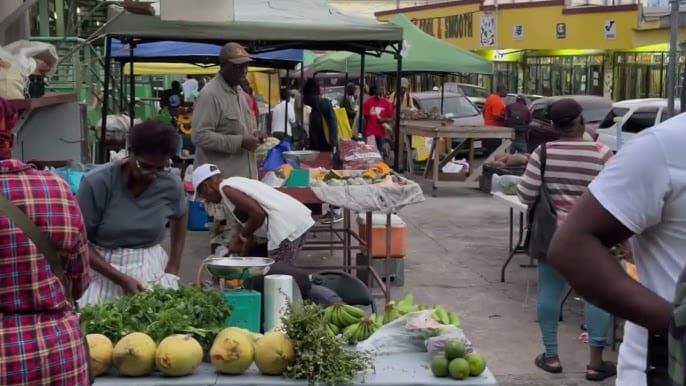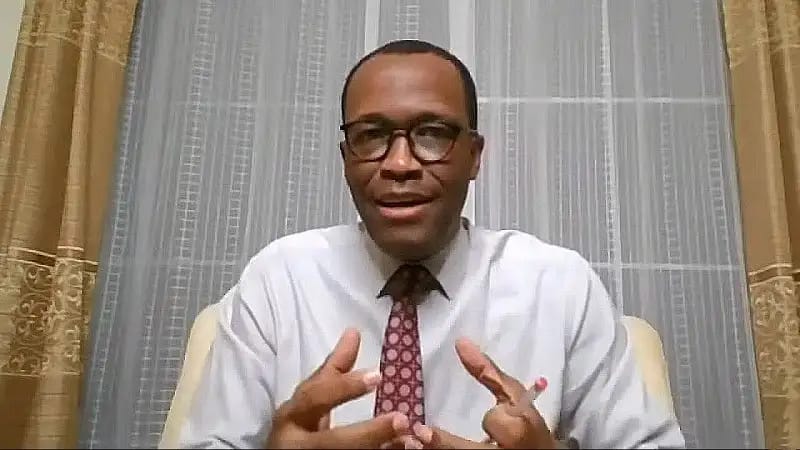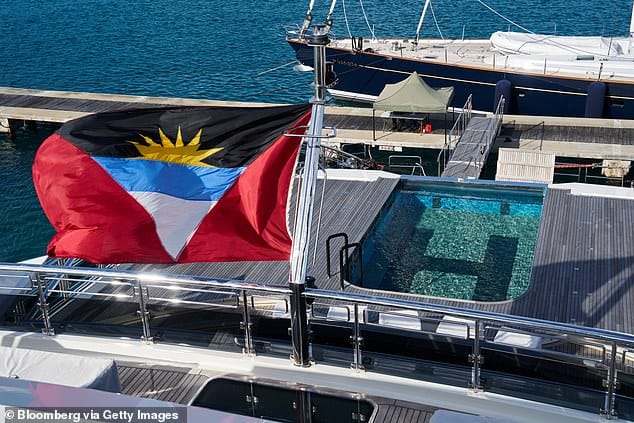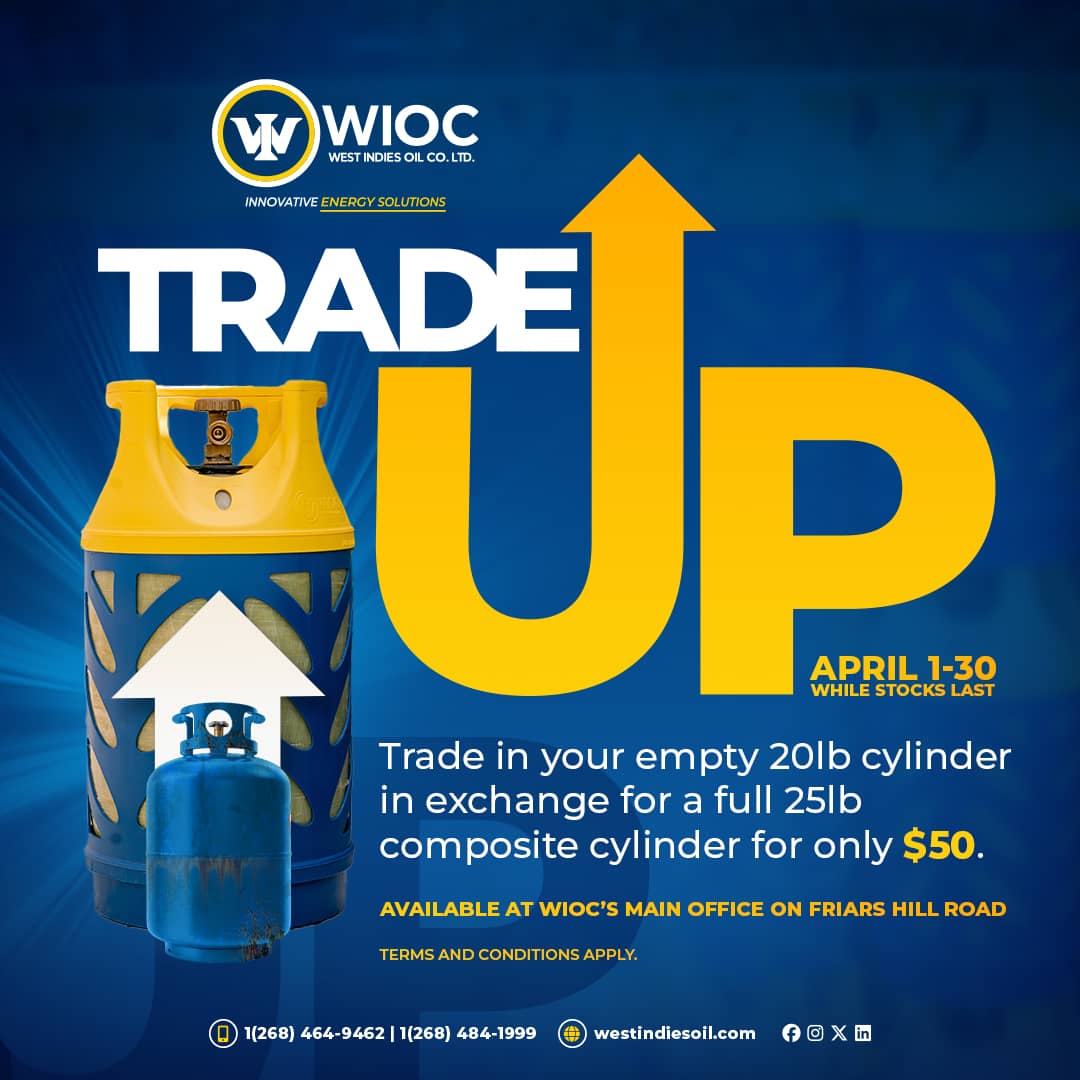Collaborative Government–Private Sector Action Imperative for a Resilient Trade Future
 10 April 2025
10 April 2025



Collaborative Government–Private Sector Action Imperative for a Resilient Trade Future
By Sir Ronald Sanders
On April 9, 2025, U.S. President Donald Trump announced a 90-day suspension of the higher global tariffs imposed on April 3. This suspension spares only the baseline 10% tariff on imports—levied without exception on all countries, including the 14 independent states of the Caribbean Community (CARICOM). For CARICOM, this moment is not a reprieve, but a brief, strategic window—an opportunity to press for fairer trade terms with the United States.
The CARICOM Cost-Benefit Ledger
Take Guyana and Trinidad and Tobago, whose exports had been hit with reciprocal tariffs of 38% and 12%, respectively. With this suspension, both now have a crucial chance to renegotiate. It’s worth noting that their key exports – oil and gas – remain exempt, shielding these sectors from immediate harm. Yet beyond these commodities, the terrain remains uncertain.
CARICOM’s trade relationship with the U.S. has long been asymmetrical. The region imports far more than it exports, a pattern entrenched despite the concessions granted under the Caribbean Basin Economic Recovery Act (CBERA) since 1983. The new tariffs raise uncomfortable questions: Were CBERA preferences even considered? Thus far, no clear answer has emerged.
The 10% tariff, while not devastating, will likely burden the Caribbean diaspora more than Caribbean exporters. Caribbean communities in the U.S.- the main consumers of West Indian goods – ay absorb the cost without shifting their loyalties. Competing imports will face the same tariff, after all. But the greater blow comes on the other side of the ledger: the rising cost of imports into CARICOM countries from the U.S. itself.
With a 145% tariff now cemented on Chinese goods, U.S. manufacturers will face skyrocketing input costs. For CARICOM importers reliant on those finished American goods, the ripple effect is already taking shape – higher prices, tighter margins, rising inflation. For small Caribbean economies still shaking off pandemic shocks and global financial volatility, this spells deeper pain.
A Call for Diversification
This is a moment that should not be wasted. Currently, approximately 60% of CARICOM imports come from the United States – a dependency that borders on the unsustainable. Diversification is no longer optional; it is imperative. But shifting trade routes is easier said than done.
Caribbean traders are tethered to U.S. suppliers by geography, history, and logistics. The supply chains from South Florida are reliable, swift, and familiar. In contrast, importing from Asia, Africa, or Latin America presents real challenges: costly shipping through indirect routes, inconsistent logistics, unfamiliar partners, and negligible bargaining power. Infrastructure gaps and fragmented regional transport systems compound the difficulty.
Still, hardship breeds innovation. The private sector must not remain passive. It is the engine of diversification. Governments may build the pathways, but private enterprise must drive the vehicles.
Private Sector: Catalyst, Not Bystander
Governments can streamline processes, negotiate new trade agreements, and upgrade ports and logistics. But it is the private sector that must seek out new partners, forge trade ties, and invest in supply chain resilience. This means attending international trade expos, embracing digital trade platforms, and engaging in joint ventures beyond the traditional Atlantic axis.
A pivot to Africa, Asia, and Latin America will demand boldness. It will also require a fundamental shift in mindset – one that sees opportunity not inconvenience, and strategic autonomy, rather than unmanaged reliance.
The United States: an important Partner
None of this is to suggest that the U.S. should be cast aside. Its geographic proximity, deep-rooted trade relationships, and consumer preference in the Caribbean ensure its continued importance. But a healthy trade relationship is one of balance and mutual respect. CARICOM must press for the modernization of CBERA -especially to include services, which now dominate the regional economy. The trade surplus the U.S. enjoys with the region justifies such reconsideration.
One Market, One Region, One Voice
Finally, this moment must serve as a catalyst for what has too long remained a slogan: a real, functioning CARICOM Single Market. A common market with efficient regional transport for goods is not utopian -it is overdue. Dozens of studies have mapped the path. What’s missing is the will.
Isolated national efforts are no match for coordinated regional action. The time for fragmentation is over. In this moment of global flux, unity is the Caribbean’s best insurance policy.
This opportunity should be another footnote in regional inaction. It should be the moment the Caribbean found its voice, lifted its sails, and charted a broader course.
(The writer is Antigua and Barbuda’s Ambassador to the US and the OAS. He is also the Dean of the Ambassadors of the Western Hemisphere Group accredited to the U.S. The views expressed are entirely his own. Responses and previous commentaries:www.sirronaldsanders.com)
Advertise with the mоѕt vіѕіtеd nеwѕ ѕіtе іn Antigua!
We offer fully customizable and flexible digital marketing packages.
Contact us at [email protected]
Related News

India seeks Non-Bailable Warrant Against Mehul Choksi To Aid Belgian Extradition

BREAKING: Vendors ordered to relocate to vegetable section of public market effective Apri...

DOMINICA: Every single opposition voice being arrested and charged










